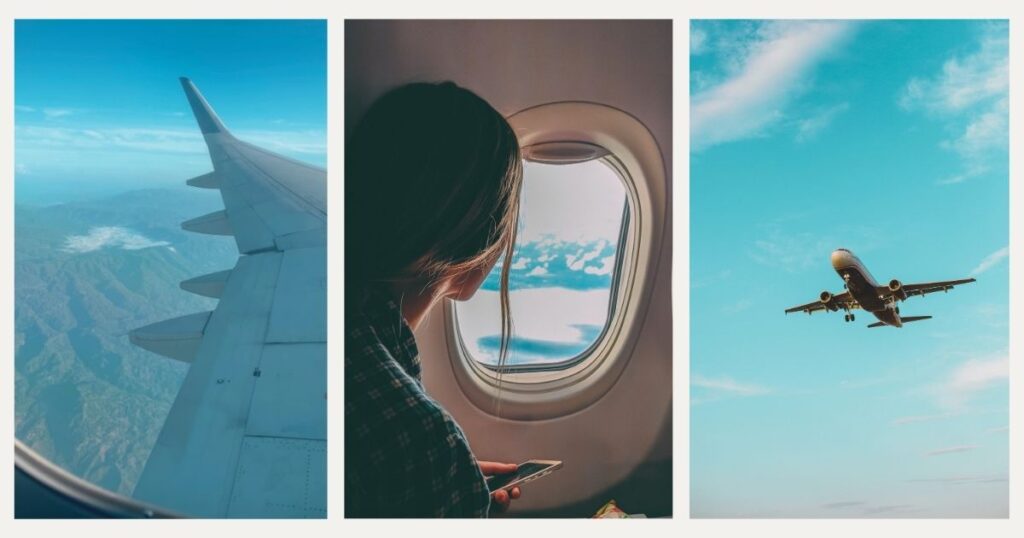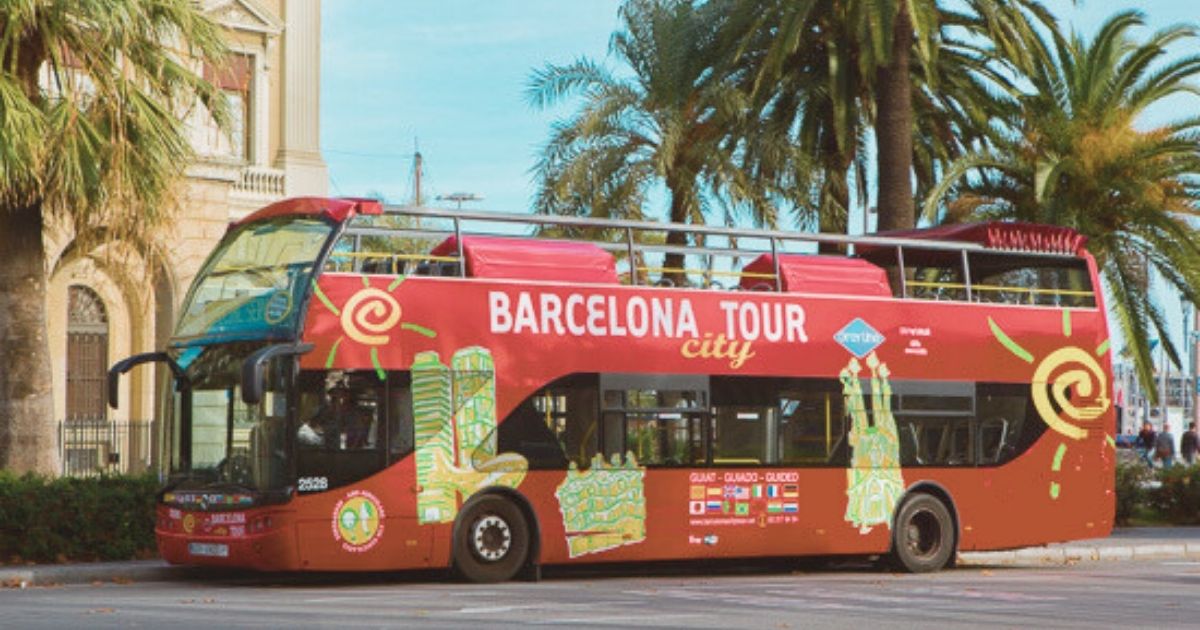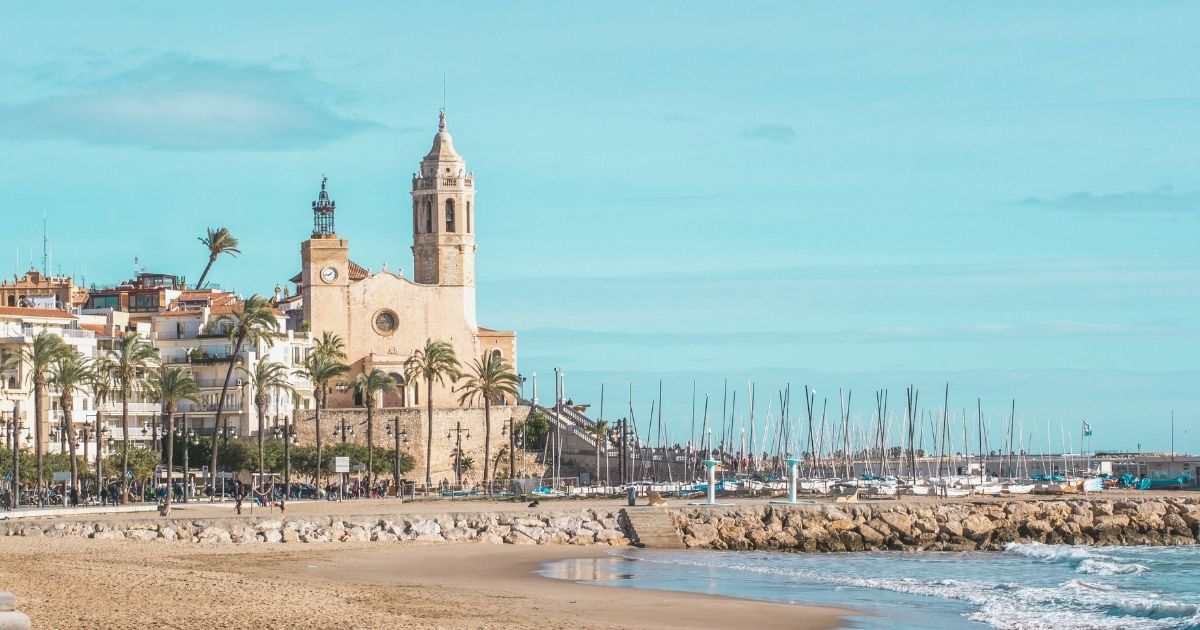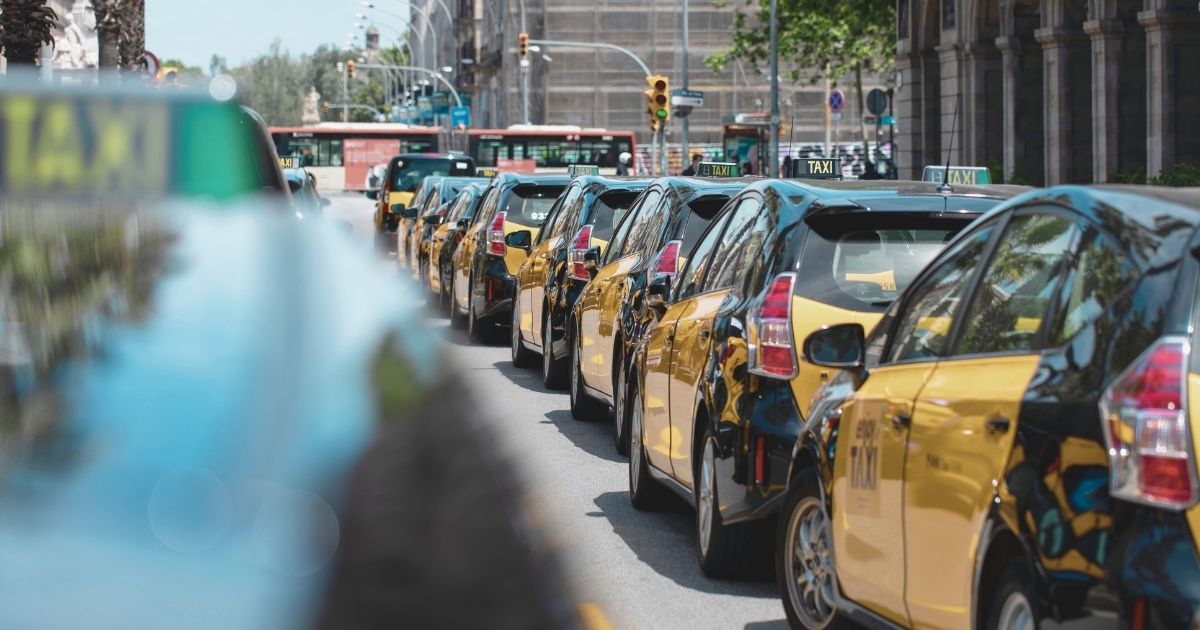Planning your journey to Indonesia’s most beloved island paradise requires understanding the various options for how to get to Bali effectively and affordably. As one of Southeast Asia’s premier destinations for digital nomads, backpackers, and luxury travelers alike, Bali welcomes millions of visitors annually through its well-connected international airport and comprehensive transportation network.
Whether you’re seeking budget-friendly routes or premium travel experiences, knowing how to get to Bali efficiently can save you both time and money while ensuring a smooth start to your Indonesian adventure. This comprehensive guide covers everything from international flight options and airport transfers to practical tips for making your journey as seamless as possible.
Understanding Bali’s main airport: Ngurah Rai International

When planning how to get to Bali, all international travelers will arrive at I Gusti Ngurah Rai International Airport (DPS), commonly known as Denpasar Airport. Located in southern Bali between the popular areas of Kuta and Jimbaran, this modern facility serves as Indonesia’s second-busiest airport and your gateway to the island.
The airport is strategically positioned about 8 miles from Denpasar city center and offers excellent access to Bali’s major tourist destinations. From Ngurah Rai, you’re approximately 30-45 minutes by car to popular areas like Seminyak, Sanur, and Uluwatu, while reaching Canggu or Ubud typically takes 1-2 hours, depending on traffic conditions.
💡 Did you know? Ngurah Rai International Airport serves as a hub for Garuda Indonesia and handles direct flights from 49 airports worldwide, making it one of Southeast Asia’s most well-connected destinations.
Airport facilities and services
Ngurah Rai International Airport features two terminals handling both domestic and international flights, with modern amenities including duty-free shopping, restaurants, currency exchange, and SIM card vendors. The airport also offers reliable WiFi throughout the facility, making it easy to coordinate your onward travel plans or notify accommodation providers of your arrival.
For digital nomads wondering how to get to Bali while maintaining connectivity, the airport provides excellent infrastructure for purchasing local SIM cards or arranging eSIM services before leaving the terminal.
Flight options: finding the best routes to Bali

Understanding your flight options is crucial when determining how to get to Bali from your home country. While there are no direct flights from the United States to Indonesia, numerous routing options make the journey accessible from virtually anywhere in the world.
Routes from North America
Travelers from North America typically find the most efficient way to get to Bali involves one or two stopovers in major Asian hubs. Popular routing options include:
- Via Singapore: Singapore Airlines and other carriers offer excellent connections through Changi Airport, with total travel times from the US West Coast ranging from 20-25 hours, including layovers.
- Via Tokyo: Japan Airlines and ANA provide convenient connections through Narita or Haneda airports, offering another reliable pathway for how to get to Bali from North America.
- Via Hong Kong or Taipei: Cathay Pacific and EVA Air offer competitive routing options with comfortable long-haul aircraft and reasonable layover times.
🌟 Pro tip: when booking flights from North America, consider extending your layover in hub cities like Singapore or Tokyo to break up the journey and explore an additional destination.
European flight options
European travelers have numerous options for how to get to Bali, with several airlines offering direct or one-stop services:
- KLM Royal Dutch Airlines: operates direct flights from Amsterdam to Bali, providing one of the most convenient European options with approximately 15-16 hour flight times.
- Turkish Airlines: offers competitive routes via Istanbul, often providing excellent value for money with modern aircraft and good service standards.
- Emirates and Qatar Airways: provide premium routing options through Dubai and Doha, respectively, perfect for travelers seeking luxury service or those flexible with timing.
Routes from Australia and Asia
Australian and Asian travelers enjoy the most convenient access when considering how to get to Bali:
- From Australia: Jetstar, Garuda Indonesia, and Virgin Australia offer direct flights from major cities including Sydney, Melbourne, Perth, and Brisbane, with flight times ranging from 3-6 hours.
- From Singapore: multiple daily direct flights make Singapore one of the easiest gateways for how to get to Bali, with journey times of just 2.5 hours.
- From Malaysia: AirAsia and Malaysia Airlines provide frequent, affordable connections from Kuala Lumpur, with flights taking approximately 3 hours.
Digital nomad considerations for getting to Bali

For digital nomads planning extended stays, understanding how to get to Bali involves more than just booking flights. Consider visa requirements, especially if you’re planning to work remotely from the island. Indonesia offers various visa options including the B211A visa and emerging digital nomad visa programs that affect your travel planning.
Staying connected during your journey becomes crucial for remote workers. Consider securing reliable internet access through a dependable eSIM service like Holafly’s data plans to ensure you can manage work commitments during layovers and immediately upon arrival in Bali.
Budget considerations for extended stays
Digital nomads often prioritize cost-effectiveness when determining how to get to Bali for longer periods. Consider these money-saving strategies:
- Flexible dating: flying midweek and avoiding peak seasons (July-August, December-January) can result in significant savings on international flights.
- Multi-city tickets: if you’re planning to explore multiple Southeast Asian destinations, multi-city tickets often provide better value than separate one-way flights.
- Airline loyalty programs: for nomads who travel frequently, joining airline alliances can provide upgrades, priority boarding, and bonus miles for future travel.
💡 Did you know? September is typically the cheapest month to fly to Bali, with average ticket prices dropping by up to 40% compared to peak season rates.
Airport transfer options in Bali

Once you understand how to get to Bali by air, arranging ground transportation from Ngurah Rai Airport to your accommodation becomes the next priority. Bali offers various transfer options to suit different budgets and preferences.
Private airport transfers
Private transfers represent the most convenient option for how to get to Bali accommodations from the airport. Professional drivers meet you in the arrivals hall with name signs, assist with luggage, and provide direct, air-conditioned transportation to your destination.
- Standard private cars (Toyota Avanza, Suzuki APV): accommodate 1-4 passengers with luggage, with rates varying by distance but typically ranging from $15-35 USD, depending on your destination.
- Minivans and larger vehicles: are available for groups or travelers with extensive luggage, offering comfort and space for longer journeys to places like Ubud or northern Bali.
Budget-friendly transfer options
For budget-conscious travelers learning how to get to Bali economically, several affordable transfer options exist:
- Airport buses: operate regular services to major tourist areas, though they involve multiple stops and longer journey times.
- Shared shuttles: offer a middle-ground option, providing door-to-door service while sharing costs with other travelers heading to similar destinations.
- Grab and Gojek: rideshare apps operate at the airport, offering transparent pricing and the convenience of cashless payments.
Taxi and traditional options
Traditional airport taxis remain available for those preferring conventional transportation methods. Official airport taxis use meter systems and offer fixed-rate services to major destinations, though prices typically exceed private transfer services booked in advance.
🌟 Pro tip: pre-booking airport transfers eliminates arrival stress and often costs less than on-demand options, especially during peak travel periods or late-night arrivals.
Seasonal considerations and timing
Understanding when to travel affects both how to get to Bali affordably and your overall experience on the island. Bali’s tropical climate creates distinct seasons that impact everything from flight prices to accommodation availability.
Peak season travel (July-August, December-January)
Peak seasons see the highest flight prices and most crowded conditions, but also offer the best weather for beach activities and outdoor exploration. Book flights and transfers well in advance during these periods to secure availability and reasonable rates.
Shoulder season advantages (April-June, September-November)
Shoulder seasons often provide the best balance of favorable weather, reasonable prices, and fewer crowds. This timing works particularly well for digital nomads seeking productive work environments without peak season distractions.
Wet season considerations (November-March)
While the wet season offers the lowest flight prices and accommodation rates, afternoon thunderstorms and higher humidity levels may affect outdoor activities. However, mornings often remain clear and perfect for sightseeing or beach visits.
Essential pre-arrival planning

The successful execution of how to get to Bali involves preparation beyond booking flights and transfers. Consider these essential planning elements to ensure a smooth arrival and settlement.
Documentation and visa requirements
Ensure your passport has at least six months’ validity and two blank pages for Indonesian entry stamps. US citizens can enter visa-free for tourism stays up to 30 days, while longer stays require visa arrangements before travel.
Health and safety preparations
Consider travel insurance that covers both medical emergencies and trip disruptions. Research recommended vaccinations and health precautions, particularly if you’re planning to explore rural areas or engage in adventure activities.
Currency and banking
Indonesian Rupiah (IDR) is the local currency, though many tourist establishments accept US dollars. ATMs are widely available, but inform your bank of your travel plans to avoid card blocks. Consider carrying some cash for immediate expenses like airport transfers or tips.
💡 Did you know? Many airport transfer services accept payment through PayPal or credit cards, eliminating the need for immediate cash upon arrival.
Final thoughts about how to get to Bali
Mastering how to get to Bali efficiently opens the door to one of Southeast Asia’s most rewarding destinations. From choosing the right flight routing and timing to arranging reliable airport transfers, proper planning ensures your journey begins smoothly and sets the tone for an incredible Indonesian adventure.
Whether you’re a digital nomad planning an extended work-from-paradise experience or a traveler seeking cultural immersion and natural beauty, understanding your transportation options makes all the difference. Remember that flexibility with dates and routes often yields the best value, while advance planning for transfers and documentation prevents arrival complications.
For comprehensive guidance on making the most of your Indonesian journey, including visa requirements and accommodation options, explore our detailed guide on digital nomad visas in Indonesia to ensure you have the proper documentation for extended stays.
Nomada provides expert resources to help you navigate every aspect of your international adventures with confidence and ease 👉
Frequently asked questions about getting to Bali
No, there are currently no direct flights from the United States to Indonesia. All routes require at least one stopover, typically in Asian hub cities like Singapore, Tokyo, or Hong Kong. Total travel time usually ranges from 20-30 hours including layovers.
Private airport transfers offer the most convenient option, with pre-arranged drivers meeting you at arrivals. Journey times are approximately 45-60 minutes to Canggu and 60-90 minutes to Ubud, depending on traffic conditions.
Private transfer costs vary by destination, typically ranging from $15-35 USD for standard cars to popular tourist areas. Rates may include additional charges for night service (6 PM – 6 AM) or during peak holiday periods.
Yes, Grab and Gojek operate at Ngurah Rai Airport, offering transparent pricing and cashless payment options. However, pickup points may be different from traditional taxi areas, so check the app for specific location instructions.
September typically offers the lowest flight prices, with savings of up to 40% compared to peak seasons. June also provides good value, while July-August and December-January represent the most expensive periods.
US citizens can enter Indonesia visa-free for tourism stays up to 30 days. For longer stays or business purposes, you’ll need to apply for appropriate visas before travel. Always ensure your passport has at least six months validity and blank pages for entry stamps.




